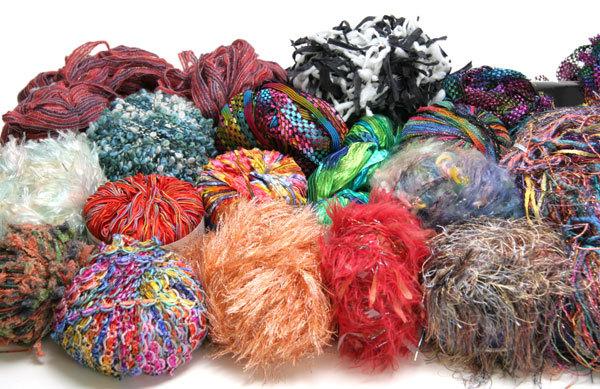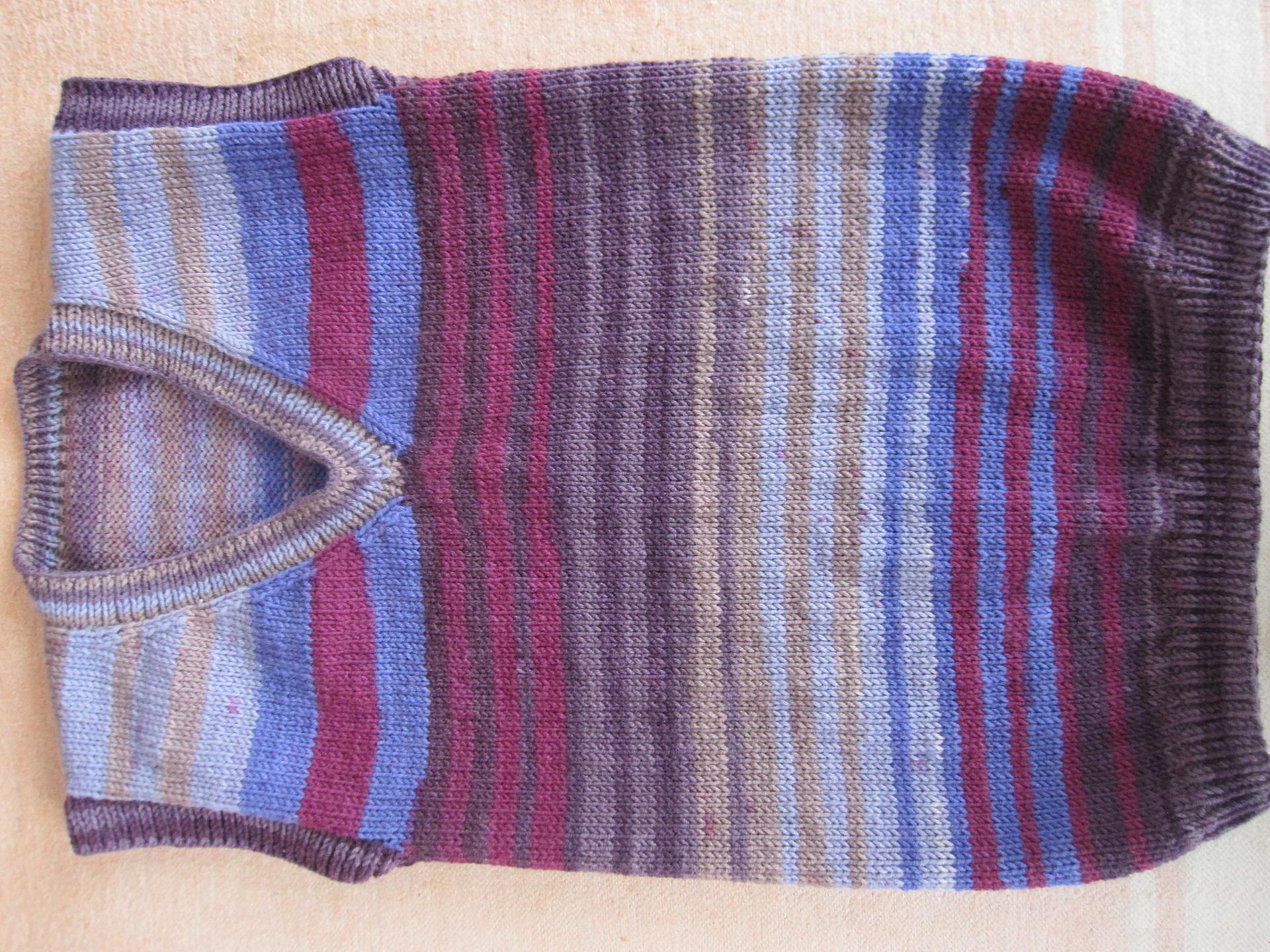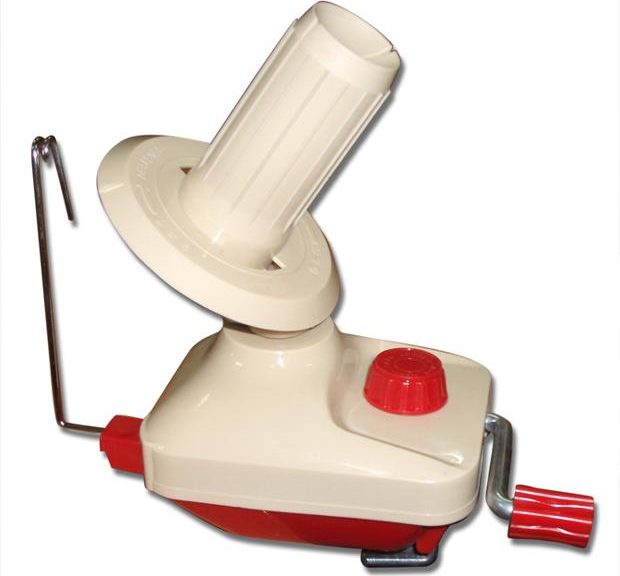
Learning to the smallest detail yarn for knitting
Content
- Types of yarn and its application
- Learning the label
- Popular types of yarn: knitted patterns
- Knitting Accessories
- Video: Tools for knitting and yarn
Yarn derived from the word "spin". At its sounding the image of the beautiful, young girl sitting near painted Russian spinning wheel is born and holding a spindle in the right hand.
Art critic V.S.Voronov writes: "A spinning wheel standing next to a spinner adorned it on a par with clothes, beads and ribbons." Since 5 years little girls in Russia have learned to spin to prepare their dowry. And the transition to adulthood was commemorated by a gift from the mother or grandmother of an adult spinning wheel. Thus, the girl was preparing for a married life, and spinning wheel as a valuable family heirloom passed from generation to generation.

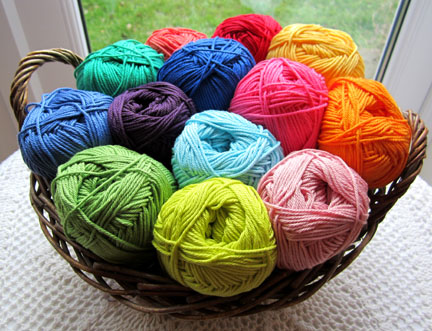

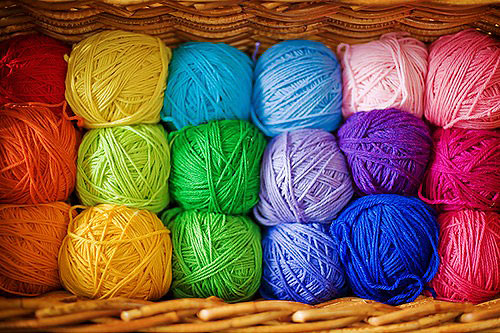

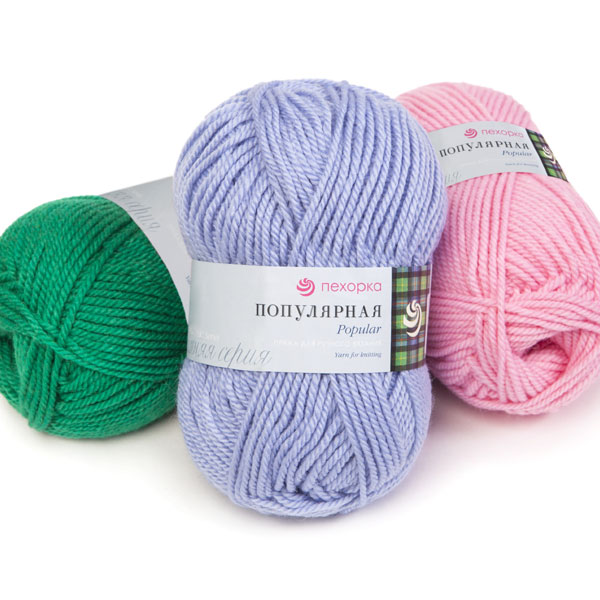
The grains of history have survivedRarities can be found except in museums or from rare needlewomen, who are fond of ancient Russian crafts. Yarn as a thread, made by spiral twisting from fibers of various origins, is produced by smart machines on an industrial scale.
Types of yarn and its application
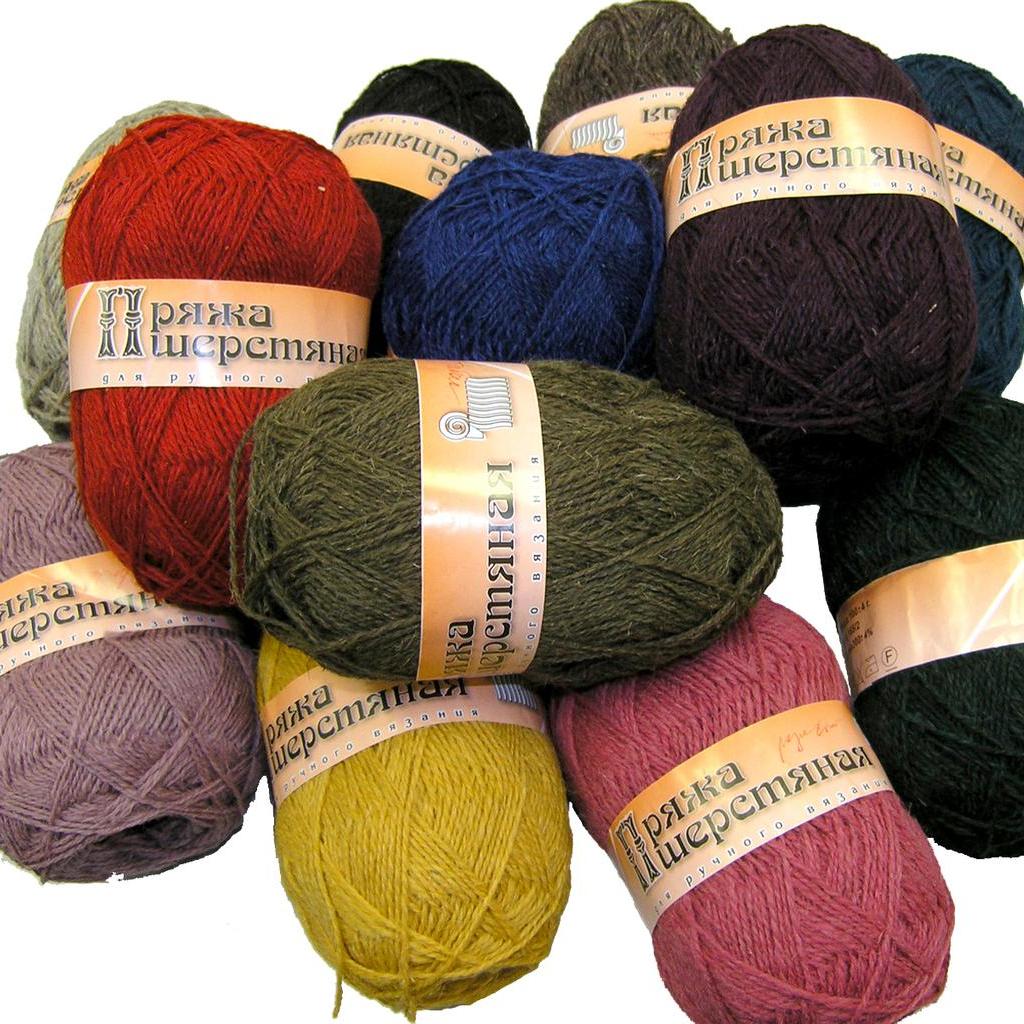
Raw materials used for the production of yarns giveThe name of the final product. The raw materials for the manufacture of yarns are of natural and synthetic origin, in turn, they have different types and are used differently. Natural raw materials:
- Animal origin wool, silk are widely used for the production of clothing and various household items;
- Of plant origin, flax, cotton, hemp, nettles are used for making fabrics on an industrial scale.
Synthetic raw materials:
- Artificial fiber, obtained from naturalMaterials and subjected to chemical treatment. Among them, viscose and bamboo are made from wood with the addition of natural and chemical compounds. It is widely used in various branches of human activity;
- Synthetic yarn is made entirely ofFibers of chemical origin. Popular brands used in various types of textile production are acrylic, nylon, lycra, polyester, microfiber;
- Combined yarns are most popular withConsumers, they absorb useful properties from natural and synthetic materials, are widely used for the production of clothes and for knitting with crochets and crochets.
For the needlewomen today a huge choice is openA different kind of material for creativity. Beginners just run their eyes and it is important to be able to distinguish the types of yarn and choose the right thread for knitting with knitting needles.
Learning the label
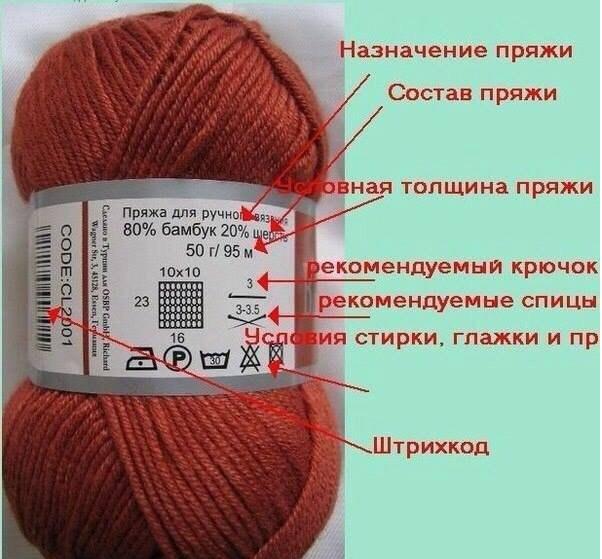
To easily navigate in bright diversityColor crochets, when buying, you should look not only at an attractive thread, but especially on its label. It is not just a piece of paper tape holding the skein, but also a set of useful and important information. The label contains:
- Brand (brand);
- The purpose of yarn;
- composition;
- Bar code of the country of manufacture;
- Weight coil;
- Length of the thread in the skein;
- Number of tools for knitting;
- Bound sample 10 * 10 cm;
- Conditions for processing yarn in everyday life.
Advice! Experienced needlewomen always keep a label and a piece of yarn for the archive! On skeletons from brand manufacturers there is a detailed information. Additional values can be added, which any experienced master will read.
Convenient markings will prompt the parameters of the thread, the thickness, the number of its color, so as not to confuse the shades during the purchase and the consumption of yarn to a certain size.
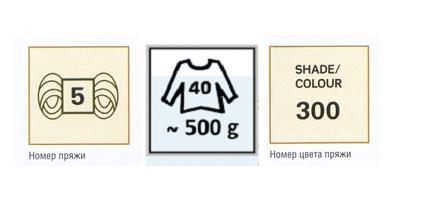
Only by number, according to the table, there is muchLearn about the skein: how it is made, for what models it is used and with what knitting needles it is possible to work with it. The note! Abbreviations in the description of knitting: P - loop, P - row, Face - front, Izn - purl.
Popular types of yarn: knitted patterns
Most needlewomen choose models forKnitting from different sources: television, the Internet, glossy magazines on needlework. The instructions are already attached to the models, what yarn for knitting is needed, how many grams, what color, and according to the scheme with their own hands and the necessary tools you can create beauty.

Winter. It's time to knit cute hats, scarves, fashionable snacks and mittens. For this time of the year woolen yarn, yarn from cashmere, mohair and angora are used. Pleasant to the touch, fluffy, soft and very warm natural hosiery, from which incredibly beautiful knitted models are obtained. In the photo, fashionable in this cold season snod and wristband, they can easily and quickly connect any beginner needlewoman.
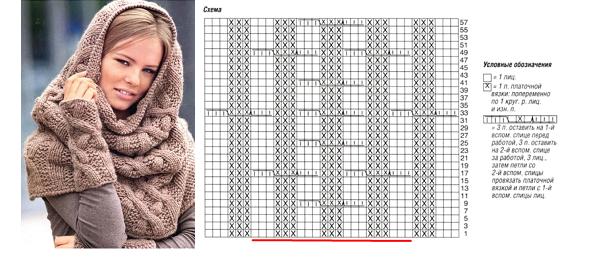
For work you will need:
- Yarn - 550 gr (100% yarn of sheep or lamb's alpaca);
- № 7;
- Hook number 6;
- Auxiliary pins or spokes - 2 pcs.
Description of work. For tying with circular knitting needles dial 126 n, close in a ring and repeat * 9 n garter stitch, 33 n according to the scheme *. In 14, cut the canvas to 123 p. Then, in 112, 116, 118 p, cut the pay sts. There will be 108 p, the height of the product is 63 cm, only 120 r. Edge crocheted.
For wristbands dial 24 p, close in a ring. Knit 3 n of handkerchief and 21p according to the scheme (underlined in red). In 4p make a hole for the finger, close the 3p with a handkerchief and in the next p again dial them. In 13, 15, 17, 19 and 21 p add one n, the total 29p. Product height 22 cm, total 42 р. Wristbands are knitted equally, only the arrangement of the hole for the finger differs.
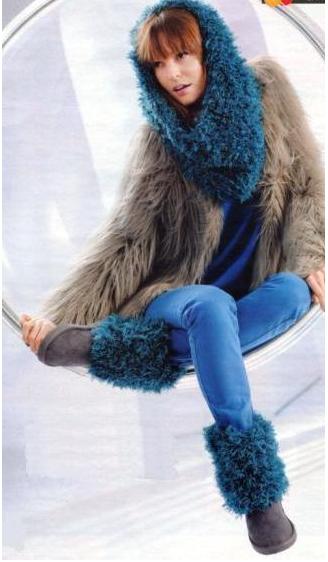
Spring. With the first rays of the sun will want juicy colors and update your wardrobe. For creativity will suit acrylic, nylon yarn, wool, microfiber, chenille. You can tie a scarf-tube and unusual gaiters as on a photo, the image will be spring-bold and bright. For work you need:
- Yarn - 600 g of polyacryl;
- Circular knitting needles.
Description of work. For a scarf, type 56 loops with circular knitting needles, close and tie several rows together with an elastic band. Next, to cover the front surface 36 cm, go back to the elastic band 1 * 1 and close several loops after several rows.
To knit leggings, dial 26 loops and close in a circle, bind the elastic band 1 * 1 6 rows and then the front face 21 cm. Go to the rubber band 1 * 1 and close after 6 rows. The overall height of the product is 25 cm.

Summer. The lightest types of yarn are used at this time of year. Models can be knitted from knitted tape, cotton, linen, viscose, hemp, nettle and bamboo. A simple solid top with white trousers and massive wooden ornaments will look elegant and stylish. For work you need:
- Yarn - 350-400 gr (100% cotton);
- Hook №3, №4.
Job description: The top on the photo knits very simply. The number n must be a multiple of 6 + 5 extreme. Hooked according to the scheme is the canvas of the desired length. In the neck area, thin shoulders are tied 5-7 cm. You can trim the top, for this, from both edges, decrease by 1p, then add them again.

Autumn. With the onset of the first colds, fluffy jackets, cardigans, and fashionable berets will be relevant. At this time of year, mixed, tweeded, bunched yarns, voluminous fantasy yarns with long nap are used. Do not forget to update the fall and children's wardrobe with new, funny caps. For kids, special children's yarn is used, hypoallergenic, 80% acrylic and only 20% wool. For work you will need:
- Yarn - 125 g (three-dimensional);
- Circular knitting needles number 8;
- Pompons fur - 2 pcs.
Description of work. Spokes are typed 48 p and knit with an elastic band 2 * 2 only 23 r. At 24 and 26 r all 2 are reduced together. In 28 r all the remaining ones are closed by one n. Fur pompons are sewn on both sides of the finished product, as in the photo. Both mother and daughter can be associated with the same cute hats, all the passers-by on the street will look at such a couple.
Important! Circular knitting needles to avoid skewing of the fabric face hinges knit behind the front wall, purl - behind the back!
Knitting Accessories
The table of this needlewoman always pleases the eye. Abundance of materials for creativity, beads and baubles, laces, hammers and various tools for work.
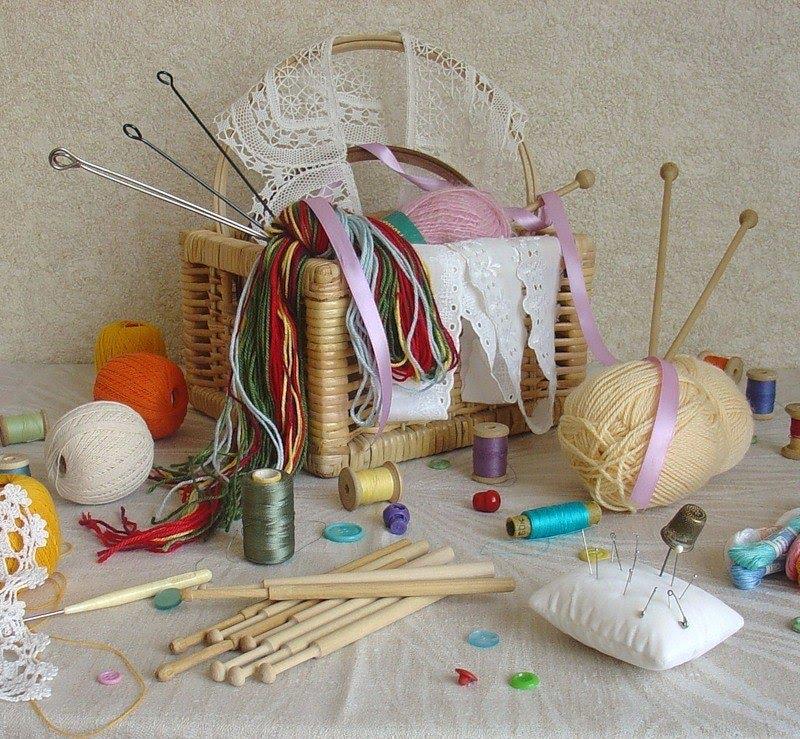
The master must be stocked with different knitting needles andHooks, from the thinnest # 2 to the thick # 5-6. Always have at hand scissors, pins for removing loops, markers, needles, buttons, sewing threads. With experience, new accessories are coming, stocks of remains are growing, an album with memorable photos of completed works is being added.
A coiler for yarn, such an appliance can be purchased by an needlewoman working with a large amount of material. It is difficult to wind up threads that constantly get confused and stick to clothes.
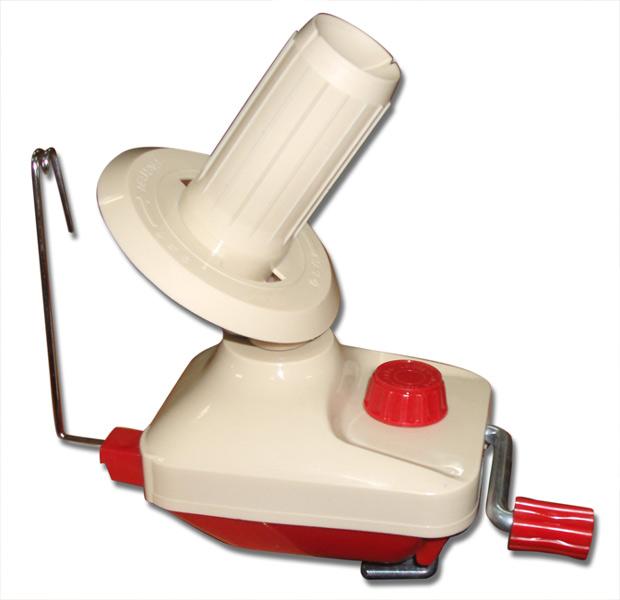
The yarn winder, as in the photo, has a table fastener, a thread tension regulator and coils a quality smooth coil.
It can help to dissolve the old product and return the yarn back to its original state. Such a device will become a good helper and beginner knitter.
Video: Tools for knitting and yarn
